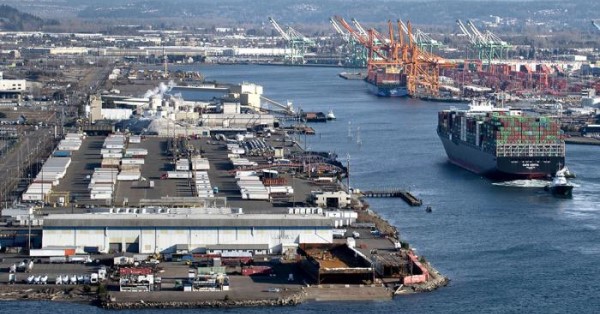Introduction: Nokia has stepped in to overhaul the digital infrastructure at Husky Terminal and Stevedoring, a leading player at the US Port of Tacoma, Tacoma, Washington.
Challenges or Objectives: The primary challenge Husky Terminal faced was inconsistent and unreliable connectivity with their previous Wi-Fi setup, which hindered their marine freight operations and restricted their transition to new-age digital services.
Solution Implemented: Nokia deployed a private 4.9G/LTE wireless network using its Digital Automation Cloud, tailored specifically to support Husky Terminal’s shift to a cloud-based terminal operating system (TOS).
Supporting Evidence: A testament to the solution’s efficiency, the new network required six 4.9G/LTE antennas in four access points. This is in stark contrast to the previous requirement of 39 Wi-Fi access points for the same coverage area, leading to a significant reduction in operational costs and hardware.
Why the Selected Technology Was the Right Choice?: Traditional Wi-Fi had its limitations, especially in terms of reliable connectivity for mission-critical applications. With Nokia’s private 4.9G/LTE solution, not only was there a leap in reliable connectivity, but the move also set the foundation for Husky Terminal’s cloud-based TOS.
Use Case Benefits: Apart from stable connectivity, the new setup ensures better monitoring of over 40-yard trucks, supports strategic use cases, and promises further operational enhancement for both customers and port teams.
Industry Impact: The success at Husky Terminal underscores the potential of private wireless networks in transforming marine freight operations and port logistics.
Company’s Role (Nokia): Nokia played the central role in deploying a transformative private 4.9G/LTE wireless network for Husky Terminal. By introducing its Digital Automation Cloud technology, Nokia provided a robust, resilient, and secure low-latency connectivity solution tailored to Husky Terminal’s specific requirements. Furthermore, Nokia collaborated closely with Husky Terminal to ensure the wireless network met their operational needs and supported their shift to a cloud-based terminal operating system. This deployment is in line with Nokia’s continued commitment to providing industrial-grade private wireless networks to industries around the globe.
Partners for the Use Case: Husky Terminal and Stevedoring at the US Port of Tacoma.
Use Case Status: In production.
Use Case timeline: The network has been deployed and is operational as of 07 September 2023.
Customer Endorsements:
Philip Styf, Director of IT at Husky Terminal, hailed the Nokia private LTE deployment as a pivotal moment for the Port of Tacoma, underscoring its role in eliminating downtime and fostering strategic operational enhancement.






















